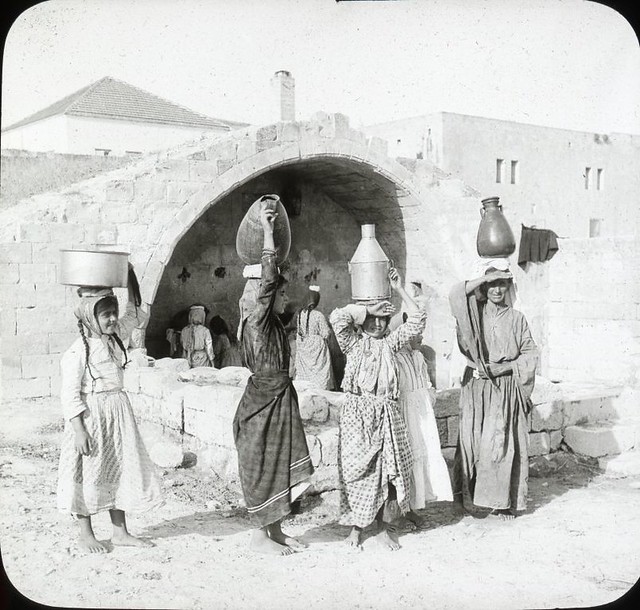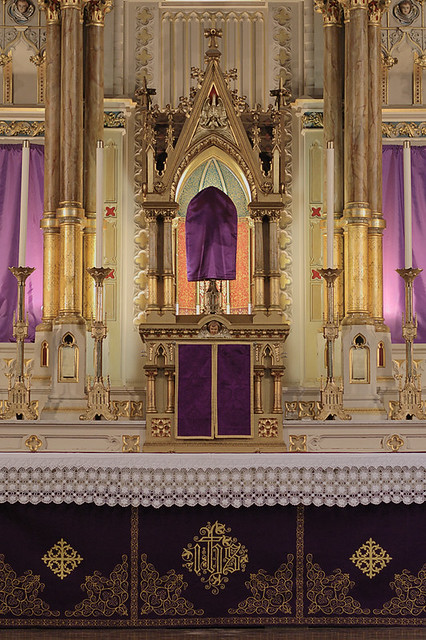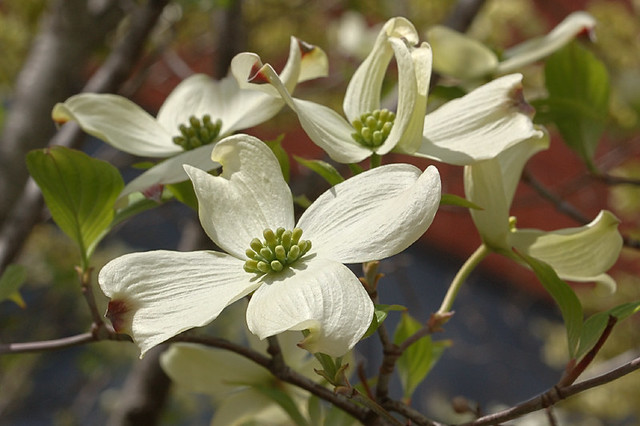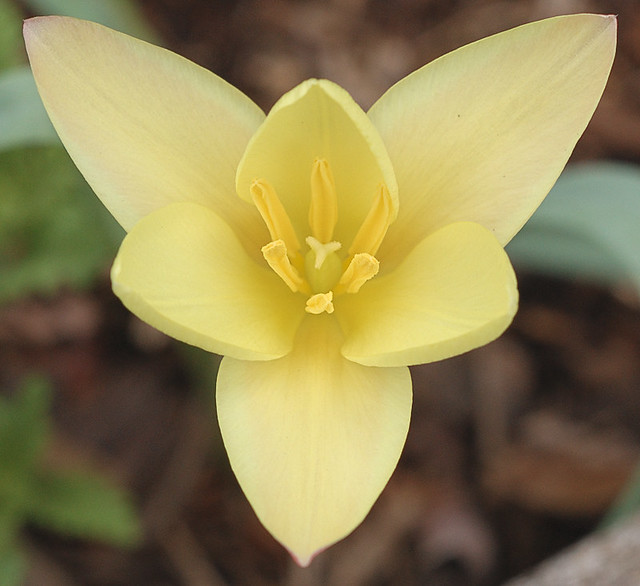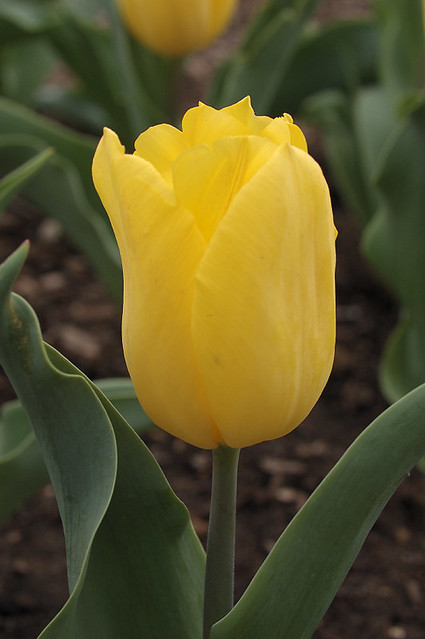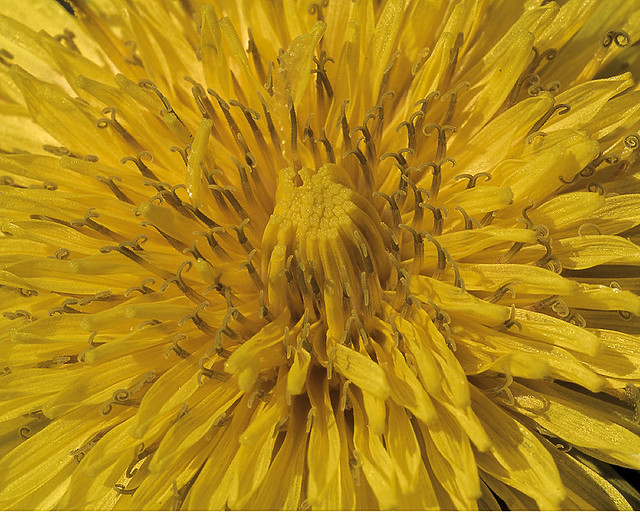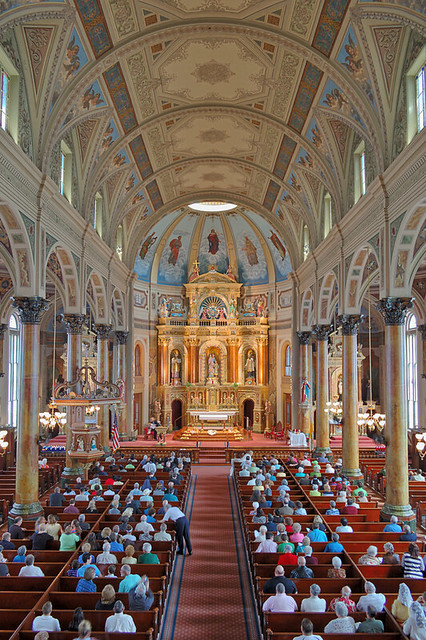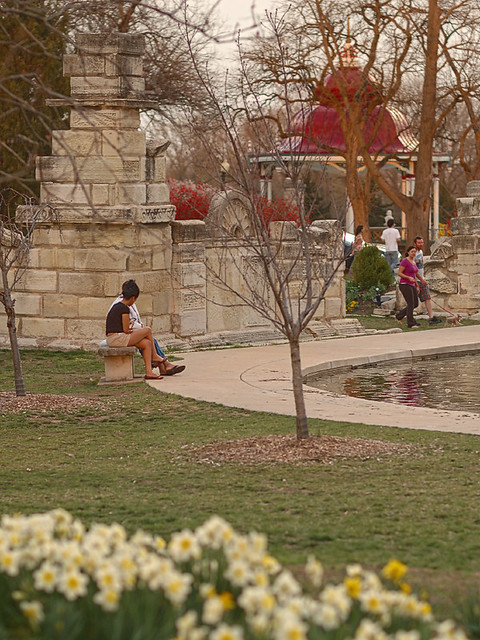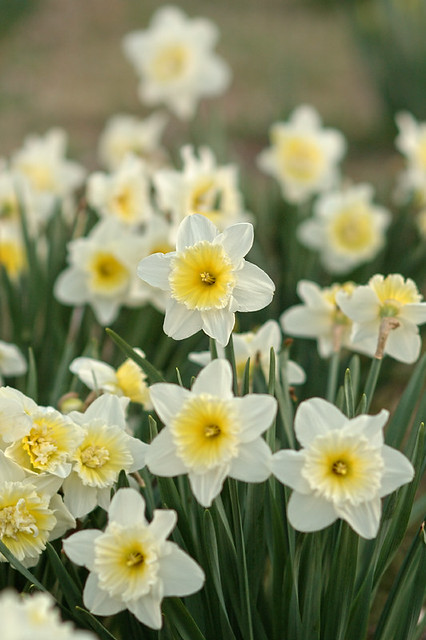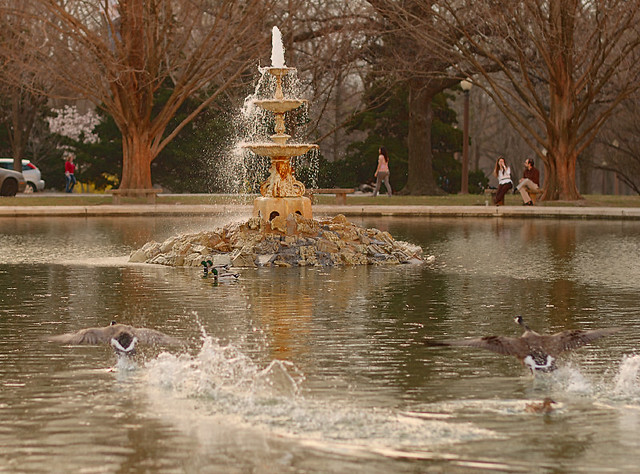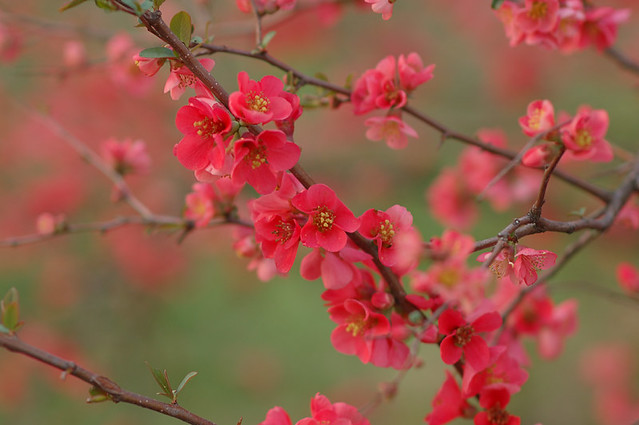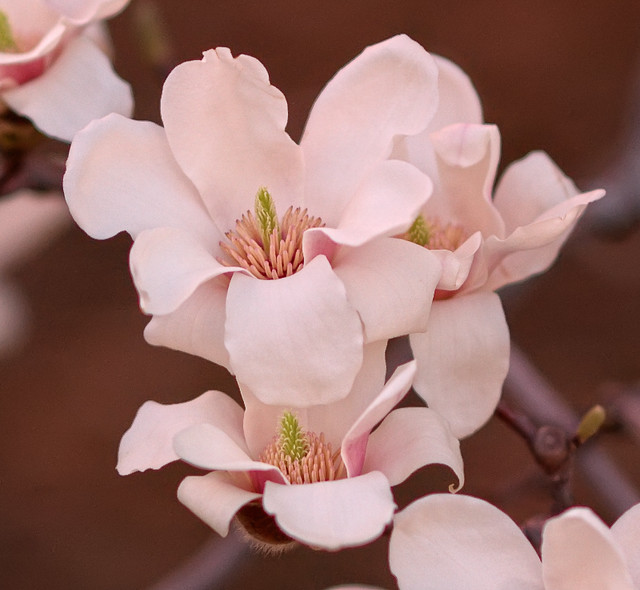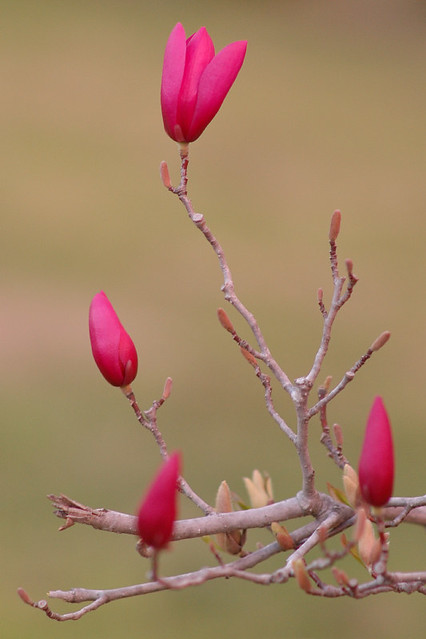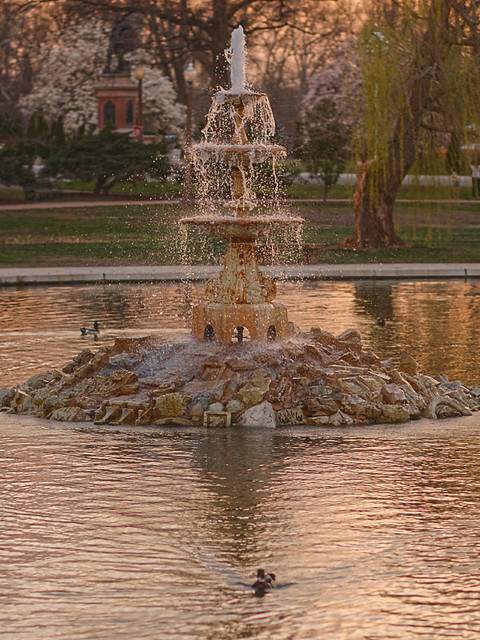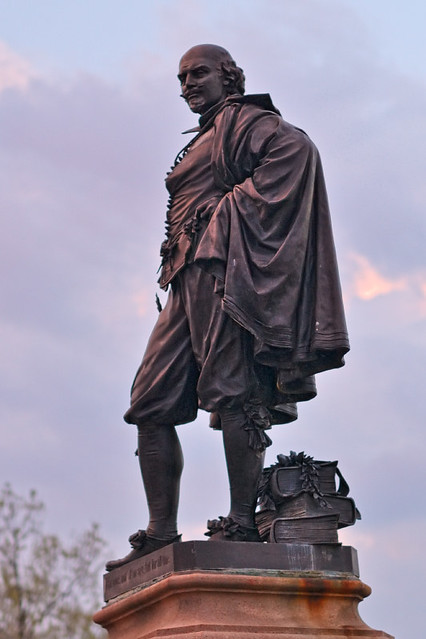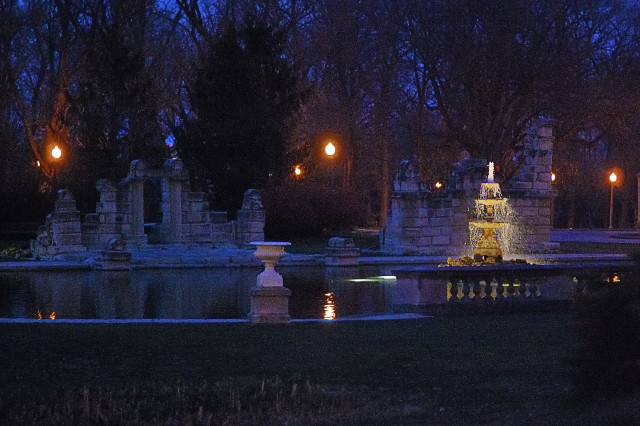A QUOTE FROM a book on the liberal arts:
Aristotle had stated the scientific ideal as follows:— from THE ARTS OF LEARNING AND COMMUNICATION, A Handbook of the Liberal Arts, by Benedict M. Ashley, O.P. (The Priory Press, Dubuque - 1958)
We suppose that we possess perfect scientific knowledge of a subject, as contrasted to knowing it in the haphazard way that a sophist knows it, when we think that we know the cause on which the fact depends as the cause of that fact and no other, and further, that the fact could not be other than it is. (Posterior Analytics, 1, c. 2, 71b 8.)Aristotle knew perfectly well that such a high ideal of knowledge is not easy to obtain and is rarely actually achieved, but we must measure our knowledge by the most perfect type of knowledge possible. Euclid [writing about 30 years after Aristotle] hoped to achieve such knowledge at least in the relatively easy field of mathematics.
You will notice that the difference between science and opinion does not consist in the fact that science is obtained by experiments or the use of some complicated instrument (like a microscope or Geiger counter), while opinion is not. Nor is the difference that science uses measurement, and opinion does not. Nor is it that science is objective, opinion subjective; nor that science is certain, opinion probable. We can have opinions that are certain, objective, acquired by measurement, instruments, and experiment -- and they still remain only opinions. We can have science, on the other band, which involves no instruments, nor experiments, nor measurements (although it must be certain and objective). What makes science to be true science is that it gives us the proper reason for a certainly established fact. Until we have discovered such a proper reason we do not have perfect science, and are still at the level of opinion.
Consequently, mathematicians before Euclid were mainly at the level of opinion, because they had not carefully built [up] the science of mathematics in such a logical and orderly way that they could see the proper reasons for their conclusions.
In our current age, the practice of what is now called science has decidedly shifted — according to the scheme given above — from true science towards variable opinion. We typically see more political and ideological influence on the sciences these days, and a greater emphasis on the “soft sciences;” this leads, justifiably, to a greater skepticism of the results of state-sponsored research. But this has also led to an unjustifiable skepticism of true science.
Alexis de Tocqueville thought that the arts and sciences in the United States would eventually suffer because of an overemphasis or misplaced emphasis on equality; see the article Catholics and de Tocqueville’s Democracy in America. This is particularly evident in primary and secondary education, which is under considerable direct political control by high levels of government, and is institutionally controlled by ideologues more concerned with power than the truth.
This kind of control, as well as the current emphasis on “teaching the test,” has led to the unfortunate result that youths very often see the sciences as the mere opinion or ideology of the teacher. Many youth seem to think that all they have to do in a class is mindlessly regurgitate the lessons back to the teacher and then quickly forget the lessons learned, since they aren’t facts and have no relevance to real life. This is a great tragedy, for a true scientific understanding is one of the pillars of virtue.
As mentioned by Fr. Ashley, mathematics is the most certain as well as the simplest of the sciences. Ancient and medieval mathematicians may not have had a broad knowledge of their field, but it was certainly deep, and they had a better understanding of mathematics’ place in the realm of reality, which is something that many contemporary mathematicians struggle with. Mathematics sometimes goes too far into metaphysics, and these philosophical issues aren’t handled well by many mathematicians. Problematic fields include Probability Theory and Set Theory, which can give us absurd and contradictory results due to poor assumptions.
I’ve been reading up on some of the basics of arithmetic and geometry, both according to the ancients and also modern views. As it turns out, many mathematical problems I used to struggle with when I was studying physics would have been much clearer if I had a more thorough background in the basics.
The basics of number theory and geometry are also of great use to artists: premodern art is intimately tied to a deep understanding of mathematics. If I have the time and make the effort, I hope to write a bit about mathematics and how it ought to apply to the arts.















